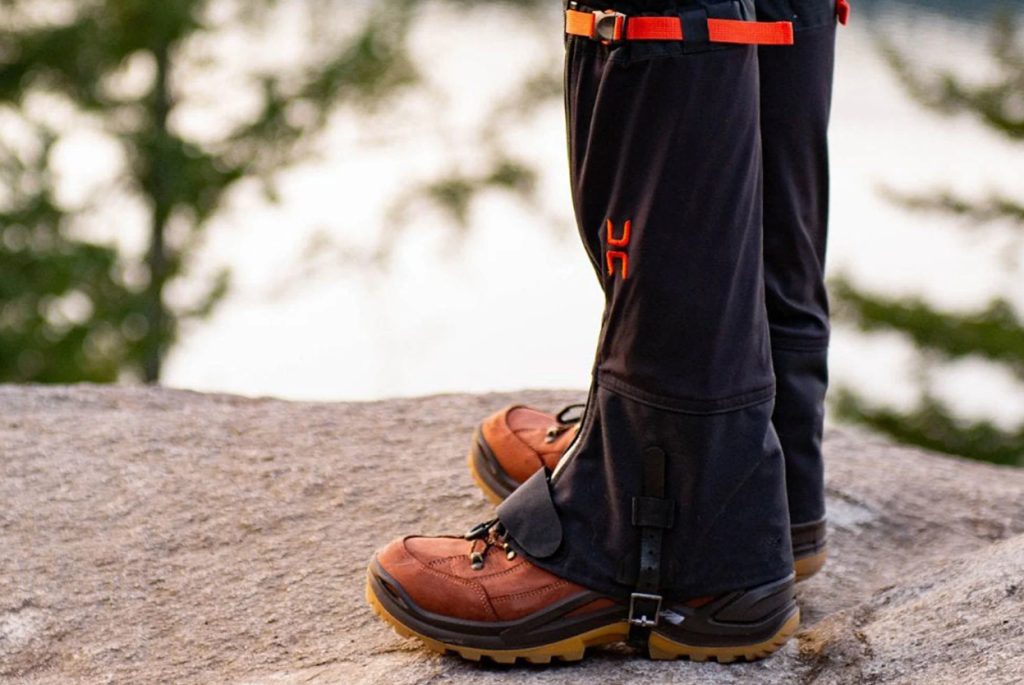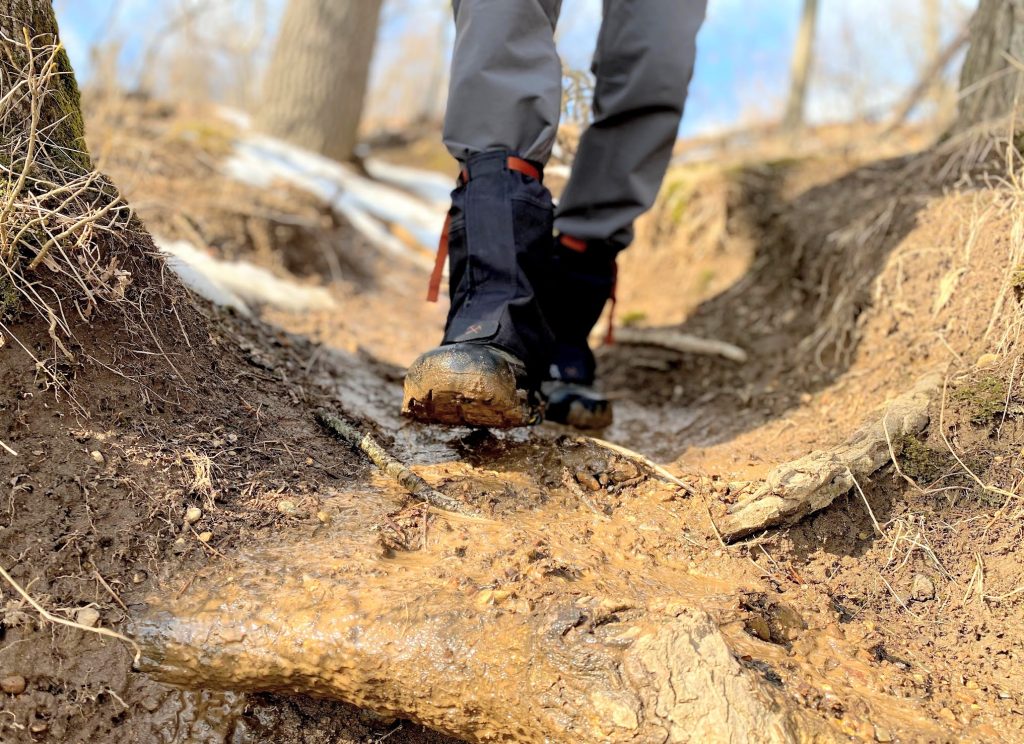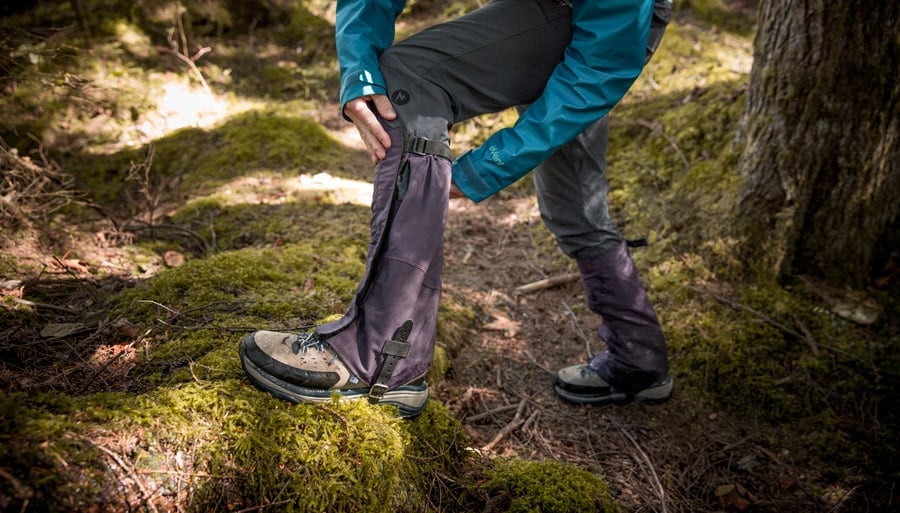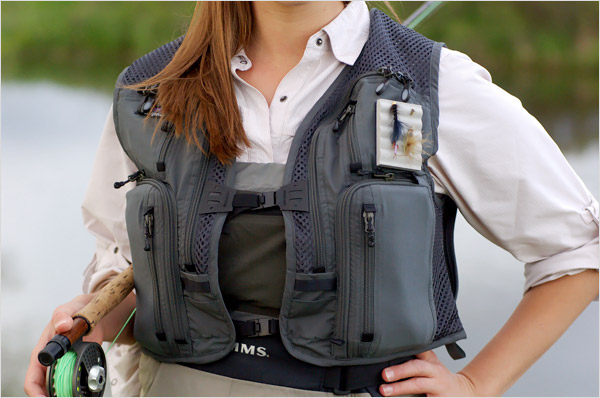Whether in love to hike, hunt or hike during hunting season, it’s important to stay equipped and safe regardless of the terrain and weather conditions. In hunting and hiking especially, the right tools make all the difference in making this adventure worth remembering.
Speaking of staying protected from head to toe, you really shouldn’t rely solely on wearing hunting boots/shoes. Keeping your entire feet and legs protected with proper footwear when hiking or hunting is paramount, and it seems that two types of footwear accessories can increase your protection even more.

What Is the Purpose of Gaiters?
In short, they’re designed to cover the top of the footwear and the lower part of your legs in order to give you the needed level of protection. In most cases, comfy and waterproof gaiters are made from sturdy and abrasion-resistant materials which makes them perfect for keeping debris, dirt, thorns, mud, sand, twigs and moisture out of your boots and away from your feet and legs. Usually, they start from the sides of your shoes and up to the mid-calf.
Hiking gaiters are also great for protecting you from poison ivy, mosquito bites and flies. Some of them are so strong and puncture-resistant that they can even protect you from snake bites.
In order to provide you with the needed extra protection, these legwarmers should attach to your legs and footwear in several places. Usually, they tighten around the ankle or calf with straps or drawcord which makes it difficult for them to fall down or snug. Most of the models also have rubber strap that fits under the sole of your footwear to prevent the legwarmers from riding up. They also have a lace hook that holds them over the top of your shoes.
How to Choose the Perfect Gaiters for Hiking and Hunting?
Types
Even though the main purpose of this overshoe protective gear is to keep everything out of your boots, still, you can choose the ideal type based on your trip, weather and trail conditions. This protective gear is available in both full-length and ankle-length varieties.
Full-length gaiters are best for snowfields, mud and wet trails as they cover the entire length of your leg from top to bottom. They offer great protection against water splashes and debris. On the other hand, ankle-length gaiters are the ideal choice for rocky and dusty trails as they cover the ankle up to the calf.
Materials
The material of the gaiters is another important element to consider when choosing this protective gear. Gaiters are available in a variety of materials such as nylon, polyester, leather and neoprene.

Nylon and polyester are light and waterproof, making them great for wet trails. Leather gaiters are a bit more expensive but offer great durability and protection against wear and tear. Neoprene is thick and waterproof, so it’s best for cold-weather trips.
Fit
How the gaiter wraps around your leg is a crucial factor when it comes to fit. Make sure that you get a pair that fits perfectly, so there are no gaps for debris or water to get in. The perfect size should be snug but not too tight and the straps should be adjustable.
Look for a pair that has an adjustable drawcord at the top, so you can make sure it fits properly and securely. They should also have straps to keep them in place and prevent them from slipping off your boots.
What Is the Purpose of Spats?
Spats or mainly known as spatterdashes and spatter guards are quite similar to gaiters, and both of them were used as military uniforms during the 19th and 20th centuries. The main difference between them is that spats are significantly shorter and they cover only the instep and the ankle, offering poor protection. Practice shows that spats are considered more as a fashion accessory rather than a functional one.
Originally both of them were made from leather or canvas, but modern legwarmers these days are made from sturdier materials with waterproof membrane fabric in order to provide high protection. Modern spats, on the other hand, are worn more as fashion accessories mainly by women. However, you can see them worn by modern men as well since they can be quite eye-catching.

Both of these overshoe accessories differ in size, appearance and protection. And while spats may be worn for running, still, it would be better not to take the chances and opt for legwarmers to receive the needed protection. Their length and solid construction make them more suitable for field trips, hunting and hiking.
For the most part, it’s up to you what type of overshoe protector to choose for your outdoor excursions. Sometimes spats may provide sufficient coverage, but it is always better to err on the side of caution and opt for gaiters. After all, you don’t want your adventure to be ruined by a little mud or snow.



















